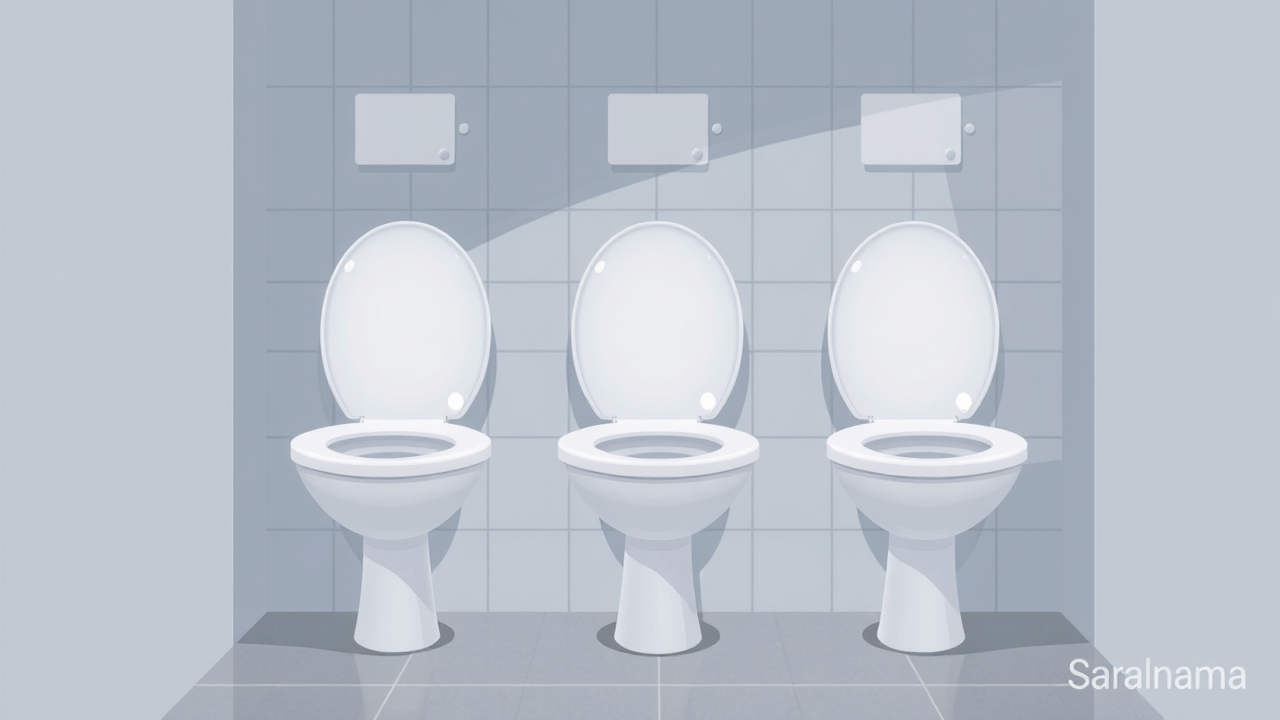Public toilets are often unavoidable, especially for parents and people with health conditions requiring frequent bathroom visits. Many worry about hygiene when faced with a toilet that appears unclean. Public restrooms can harbour a variety of germs, including bacteria like E. coli, Klebsiella, and Staphylococcus aureus, as well as viruses such as norovirus and rotavirus. These microbes are shed through human waste and can build up quickly, particularly in high-traffic areas with infrequent cleaning. Interestingly, toilet seats themselves are not the dirtiest part of a public restroom. Door handles, faucet knobs, and flush levers often carry more germs because they are touched frequently with unwashed hands. The biggest hygiene concern is the toilet plume—tiny droplets released when flushing without a lid—which can spread bacteria and viruses up to two metres. For most healthy individuals, sitting on a public toilet seat poses minimal risk if proper hygiene practices are followed.

What germs are present in public toilets?
Public toilets can become a microbial soup, especially with heavy use and infrequent cleaning. Healthy adults produce over a litre of urine and more than 100 grams of faeces daily, shedding bacteria and viruses. Common germs found include gut bacteria such as E. coli, Klebsiella, and Enterococcus, which can cause gastroenteritis with vomiting and diarrhoea. Skin bacteria like Staphylococcus aureus, including drug-resistant strains, may also be present. Viruses like norovirus and rotavirus, parasite eggs, and single-celled protozoa can cause abdominal issues. Biofilm, a mix of germs, accumulates under toilet rims and on surfaces. Surprisingly, recent studies show toilet seats often have fewer microbes than door handles, faucet knobs, and flush levers, which are touched frequently with unwashed hands.
How to protect yourself in public restrooms
Simple hygiene measures can significantly reduce infection risk. Use toilet seat covers or place toilet paper on the seat before sitting. If available, wipe the lid with an alcohol wipe and close it before flushing to limit toilet plume exposure, though this does not fully stop germ spread. Wash hands properly for at least 20 seconds using soap and water. Carry hand sanitiser or antibacterial wipes if soap is unavailable. Avoid hand dryers when possible, as they can spread germs; use paper towels instead. Sanitise your phone regularly and avoid using it in the toilet. Clean baby changing areas before and after use. Hovering over the toilet should be avoided as it tenses the pelvic floor and may cause incomplete bladder emptying.
Source: Link
